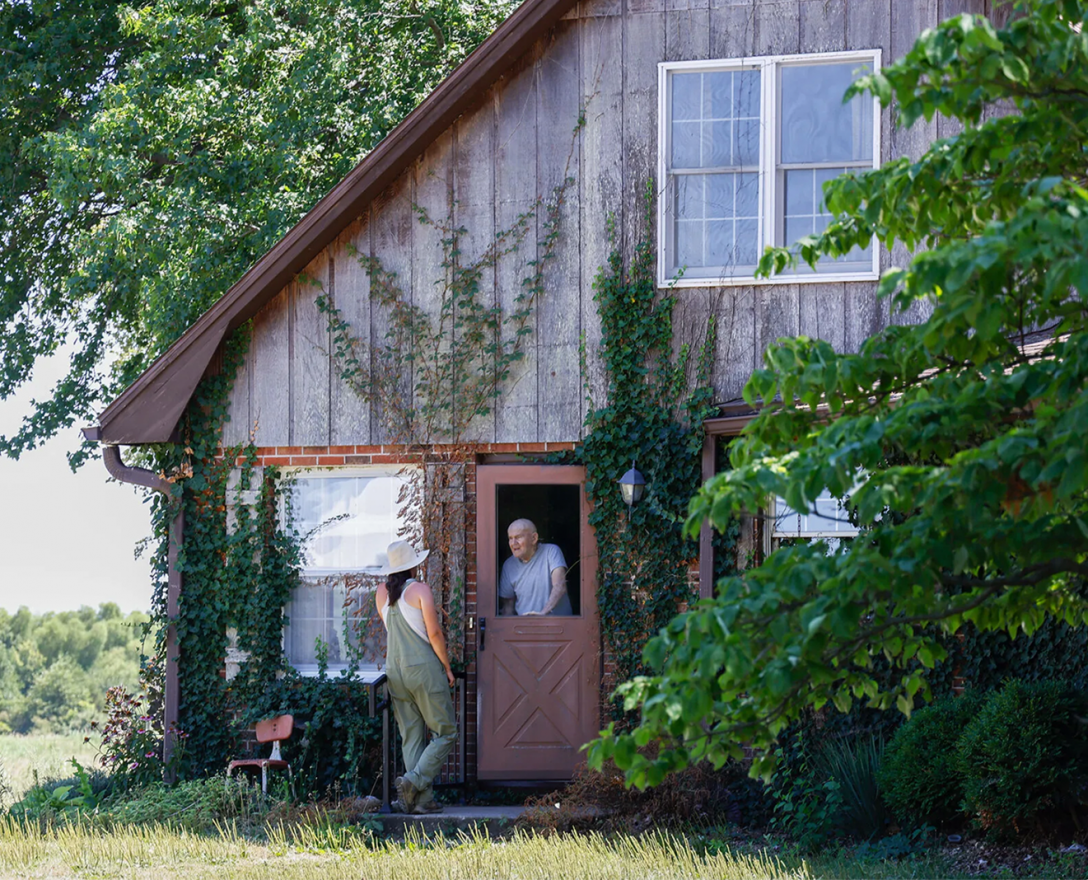
Jordan Welch talks to her grandfather Charlie Payne on July 20 in Concordia. Charlie Payne purchased the Payne family’s land more than 60 years ago, and he still helps out in an advisory capacity on the farm. (Jia Wu/Columbia Missourian)

Jordan Welch talks to her grandfather Charlie Payne on July 20 in Concordia. Charlie Payne purchased the Payne family’s land more than 60 years ago, and he still helps out in an advisory capacity on the farm. (Jia Wu/Columbia Missourian)
This story was originally published in Columbia Missourian on August 11th, 2022.
Corn and soybeans once covered Josh Payne’s farm as far as the eye could see. Tidy rows of green and brown marched across his 600 acres from spring to fall, kept in line by tillage, and herbicide. Though Payne’s operation was the picture of modern agriculture, he could not shake a general dissatisfaction.
Today, Payne calls his farm in Missouri “a messy, complex, diverse life worth living.” Gone are the corn and soy, replaced by a diversified farm that includes various animals, nuts and fruits. Young chestnut trees reach their limbs skyward. Dozens of sheep, bleating and plodding, graze on native grasses in Payne’s front yard. And several brown cows lounge on rolling pasture in the distance.
“We’re trying to rethink our food, and we’re trying to regrow our land,” Payne said.
Payne is one of a small but growing number of Midwestern farmers re-evaluating how to manage their land as they face climate change, market shocks, and other threats. Diverse farms like his made up only 10% to 15% of the roughly 2 million farms in the 2017 U.S. agricultural census. Yet researchers predict these farms will become more common across the Midwest as climate change redraws the American agricultural map. Already, the Corn Belt – which traditionally spanned from Kansas to Ohio and from Missouri to the Dakotas – has shifted northwest, a trend that’s expected to continue.
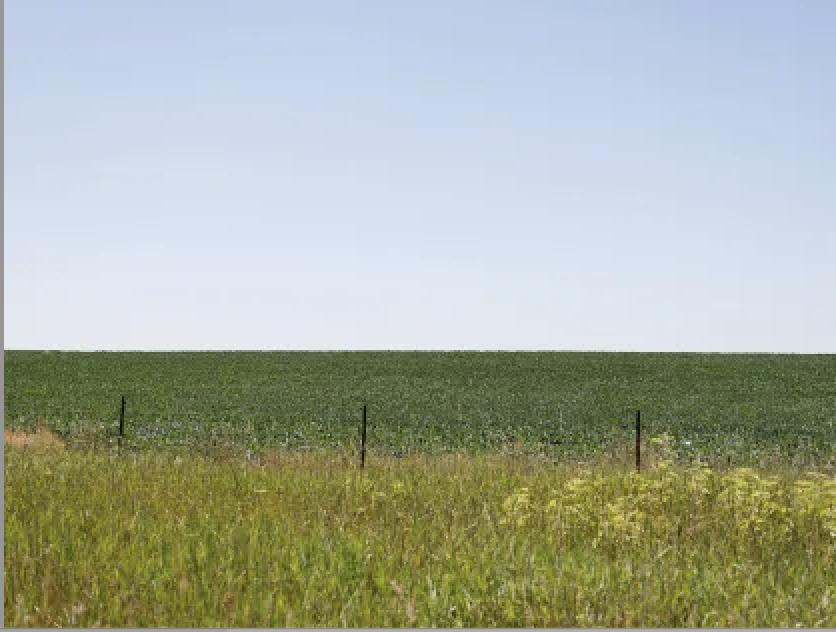
The Midwest hasn’t frequently seen wildfires or hurricanes, but subtle shifts may make the cornfields that comprise traditional corn-soy rotations less productive. Already, heat waves, intense storms, droughts, and other weather changes are causing crop damage of increasing magnitude.
Although many farmers would scoff at the idea of moving away from corn, some researchers are encouraging them to consider diversifying their crops.
Linda Prokopy, a professor who studies sustainable farming at Purdue University in Indiana, puts it in stark terms: “Growing corn and soybeans exclusively in the Midwest is not sustainable in the long run,” she said in a January magazine interview. “As the climate continues to change, corn is not expected to yield very well in this area.”
Dennis Todey, director of the Midwest Climate Hub, a USDA research center in Ames, Iowa, says the main reason for the Corn Belt’s agricultural productivity is regular rainfall during the summer. This rain can make up for a lack of regional irrigation, when corn and soy need it most in the growing season.
“If we start to move to where we are more frequently drier in the summertime, then corn and soybean yields will likely suffer,” Todey said.
Prokopy said that this is the time for Corn Belt row-croppers to plan for the future of their farms. “I would tell them to start thinking about transitioning now,” she said.
The change of business models was not a light lifestyle decision for Payne. It was a big risk, a commitment to his children’s future on the farm and the health of the Mississippi River Basin. It was a chance to blaze a trail in his community and find future prosperity by looking to the past.
Corn-soy rotations take up 75% of the farmland area in the Corn Belt region. Close to 90 million acres of corn were planted in the Corn Belt this year, taking up an area nearly the size of Montana. That corn is mainly used for biofuels (roughly 40% for ethanol) and as animal feed (roughly 36% is fed to cattle, pigs and chickens). So much corn is grown in the Midwest that “corn sweat” contributes to high humidity. Drive across the region, and the miles of leafy green blend together.
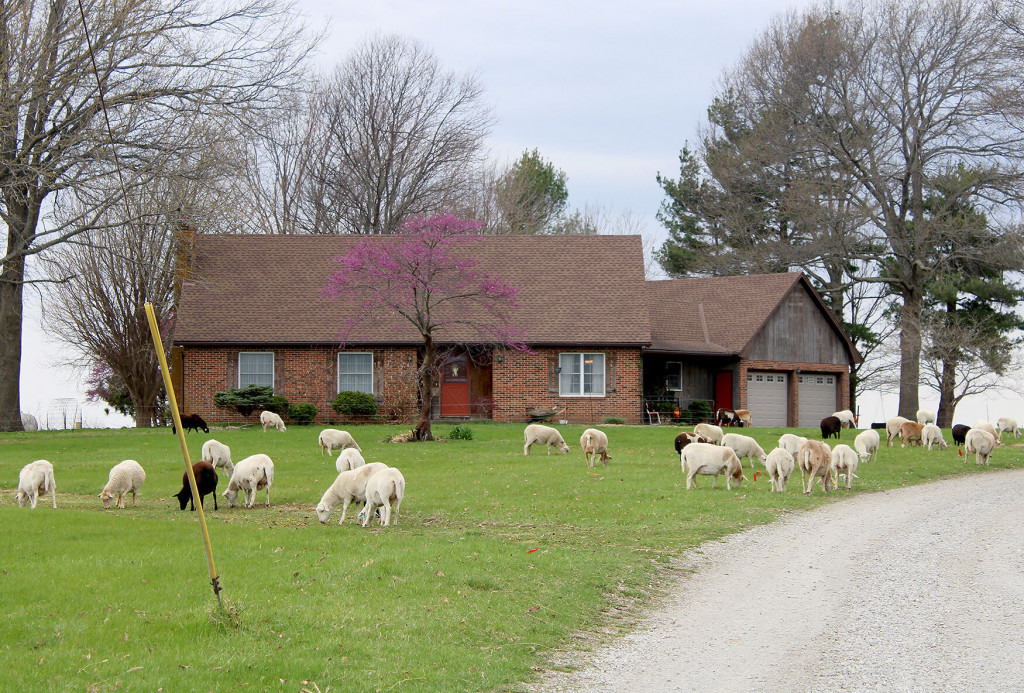
Climate change is putting that landscape at risk. Corn is notoriously fertilizer-dependent and sensitive to temperature and moisture changes. One report projects regional crop yields to decrease as much as 40% from early-century levels by 2055.
Missouri, at the southern end of the Corn Belt, is a bellwether for a changing agricultural landscape. Current projections suggest it will be harder to maintain productive corn crops in Missouri’s future. A 2020 Missouri Soy report suggest Missouri may be the hardest-hit Midwestern state by climate change.
Todey said the concerning projections have farmers looking for options. “I would say Missouri probably is going to be one of the places where we’ll see that sooner,” Todey said.
Farm diversification is being held up as one answer. Diversification is the process of adding additional cash crops, livestock, or other income sources to one’s land. Farmers might add a few acres of pecan trees to go with a cattle operation, or add tomatoes and chickens to cornfields. Farmers also might double-crop wheat and soybeans, or add winter wheat to a corn-soy annual rotation.
Prokopy was given a $10 million USDA-NIFA grant in October of 2021 to lead study on-farm diversification as a climate solution for the Corn Belt. Her five-year research project will evaluate alternative farming systems, three-crop rotations, and their environmental impacts for Midwest farms. Her emphasis will be on farms in Illinois, Indiana, and Iowa.
The USDA is pumping an additional $1 billion into climate-resilient agriculture over the next five years. In February, U.S. Agriculture Secretary Tom Vilsack rolled out the Partnership for Climate Smart Commodities program in Jefferson City. The program is designed to finance partnerships between government and community institutions for “climate-smart commodity” projects. Projects eligible for funding include alternative crop market development.
“When you talk to farmers about diversification, they’ll often say, ‘Well, that’s what my grandfather used to farm,’” Prokopy said. And of course, the original inhabitants of this land practiced diversified agriculture too, she said.
Diversified farms often use less chemical fertilizer, land and fuel than conventional farms. The model also offers prospects of improved profits, robust local food security, new jobs and economic resiliency in a changing climate.
“Diversifying across a larger set of crops helps to spread the risk,” said Sarah Lovell, director of the MU Center for Agroforestry. “So [farmers are] not all reliant on conditions required by one certain crop.”
With diversification, the Payne family is, in a way, returning to its roots.
Josh’s grandfather Charlie Payne bought the family land in Concordia more than 60 years ago, pulling out a pasture and an orchard to plant corn and soybeans.
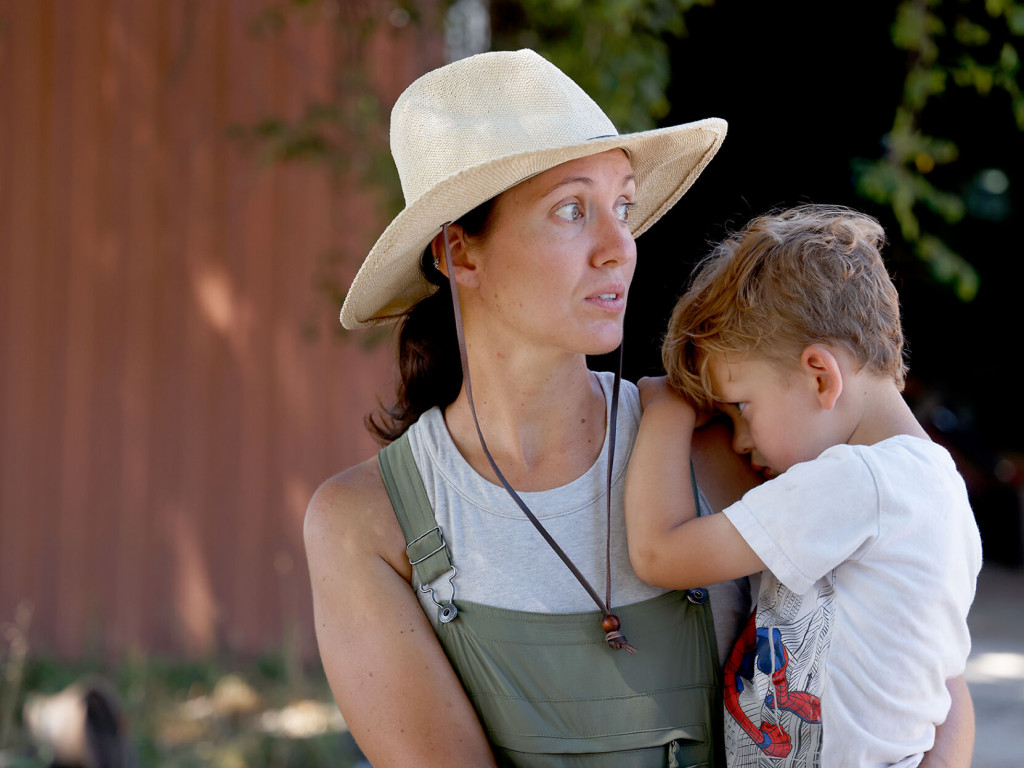
As a child, Josh’s job was to pick up rocks and sticks in the rows as his father and grandfather planted seeds. “The work was literally symbolism for drudgery,” he said. “My family always said, ‘This is why you’re going to college.’”
After Josh graduated high school, his father Jon told him to never return to the farm. There wasn’t enough money to support him, nor his sister Jordan, working there. Josh Payne became a high-school English teacher in Kansas City.
But after Jon died in a farming accident, Josh returned part-time to the farm in 2010 to help 81-year-old Charlie. Josh loathed the monotonous planting season and the feeling that he was killing the earth with herbicides.
“I really, really just hated it,” he said. “I just sat on a tractor for hours.”
Charlie regularly rebuffed Josh’s ideas to change the farm by pointing out the financial risks. The family had bought into commodity agriculture. Now, they were finding it hard to justify change.
Researchers point out that existing financial systems serve to support monocultures. “We’re within a system that doesn’t necessarily incentivize using different practices,” said Kelly Wilson, assistant director of MU’s Center for Regenerative Agriculture.
High input costs and risk of poor returns have discouraged farmers from playing with more diverse business models. Haphazard government funding for alternative crop market development has also made it hard for farmers to sell other products. Grain co-ops proliferate the region, and harvesting machinery is predominantly designed for corn and soy.
The revenue protection plans under the federal crop insurance system—which can cover up to 85% of a farmer’s projected income from yield and price decline—focus on a handful of commodity crops. Multi-crop revenue protection and specialty crop insurance policies can be significantly more expensive.
“This (system) can go on in perpetuity,” Josh Payne said.
What does it take for a farmer to make the leap? For Payne, it was a health crisis, a massive storm, and a spiritual insight.
One day about 12 years ago, bored while on his self-driving tractor, Payne began reading the book Surprised by Hope by theologian N.T. Wright. The book rethinks the construct of heaven and bringing it about on Earth. “It helped me realize that the things that we do should be a part of bringing about hope and healing and regeneration to the world,” Payne said.
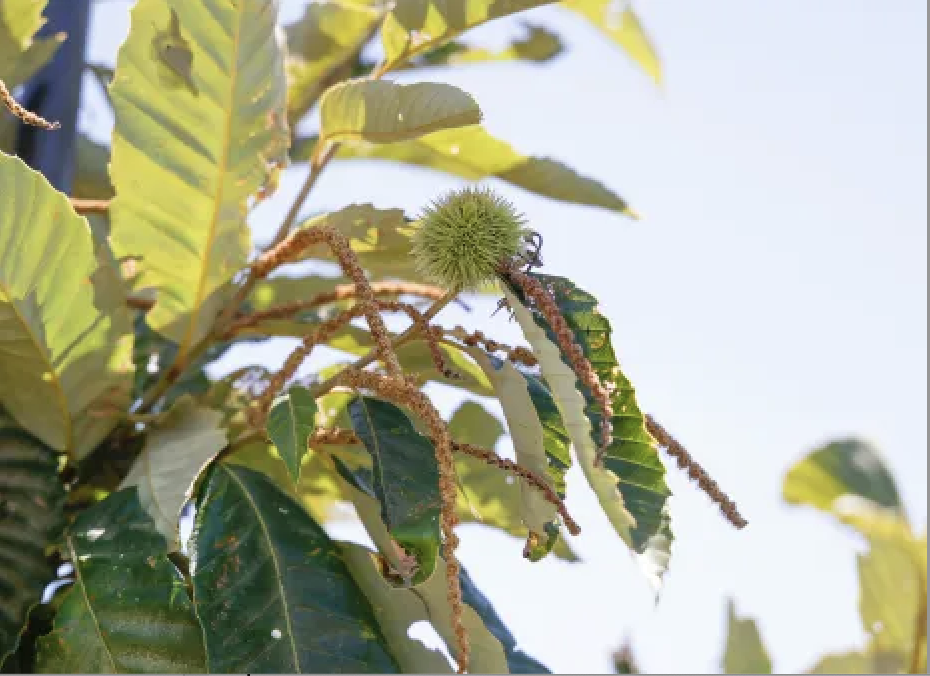
The book inspired Payne to begin looking into cover crops, or crops planted to cover the soil and prevent erosion. He got approval from his grandfather in 2012 after a massive storm destroyed a beanfield and had success increasing yields with the system.
Life handed him a new challenge in 2020. Payne discovered he was severely allergic to a common herbicide and petroleum-based fertilizers. It was an untenable situation for a conventional farmer. “It was either go back to teaching or change the way we farm completely,” Payne says.
In response, Payne began working on a plan for a regenerative sheep-and-chestnut farm – leading to where he is today.
Payne has become a convert, speaking at conferences about diversified farming. Farmers often ask him: Does it pay? Just two years into his new system, Payne said his margins are similar to what he had before with row crops. He earns a good profit from his livestock with lower costs than with row crops. He stands to gain as much as $6,000 per acre once the chestnut trees mature. Payne rents out the remaining 300 acres to a neighbor.
The farm currently supports two full-time jobs, and Payne hopes to add another 10 positions as he does his part in restoring the rural economy.
“When you get down to net profit, we’re doing better than we did in row crops,” Payne said.
Not everyone believes farmers will need to consider such drastic changes.
Ray Massey, an MU professor and agricultural economist, said he is skeptical of an impending row crop climate crisis. He argued most climate models “are more pessimistic than they need to be” because they account only for worst-case scenarios, and not for technological advances like new genetics or high-tech precision planters.
Jay Schutte, president of the Missouri Corn Growers Association, said that climate change effects have been incremental and that corn can adapt. He also said that genetically-modified corn seeds are more resistant to climate change than they’ve ever been.
For example, DuPont Pioneer, Syngenta, and Bayer have developed seeds for increased extreme weather tolerance and nitrogen efficiency. Bayer will be commercially testing its short-stature corn in 2023, which grows to only two-thirds the size of conventional corn and is expected to enable better efficiency and extreme weather resilience.
While climate change is a concern, Schutte said farmers should keep growing corn because there’s a market for it.
“If I’m not paying my bills, I’m not going to be a farmer,” Schutte said. “It’s just that simple. And corn and soybeans pay my bills.”
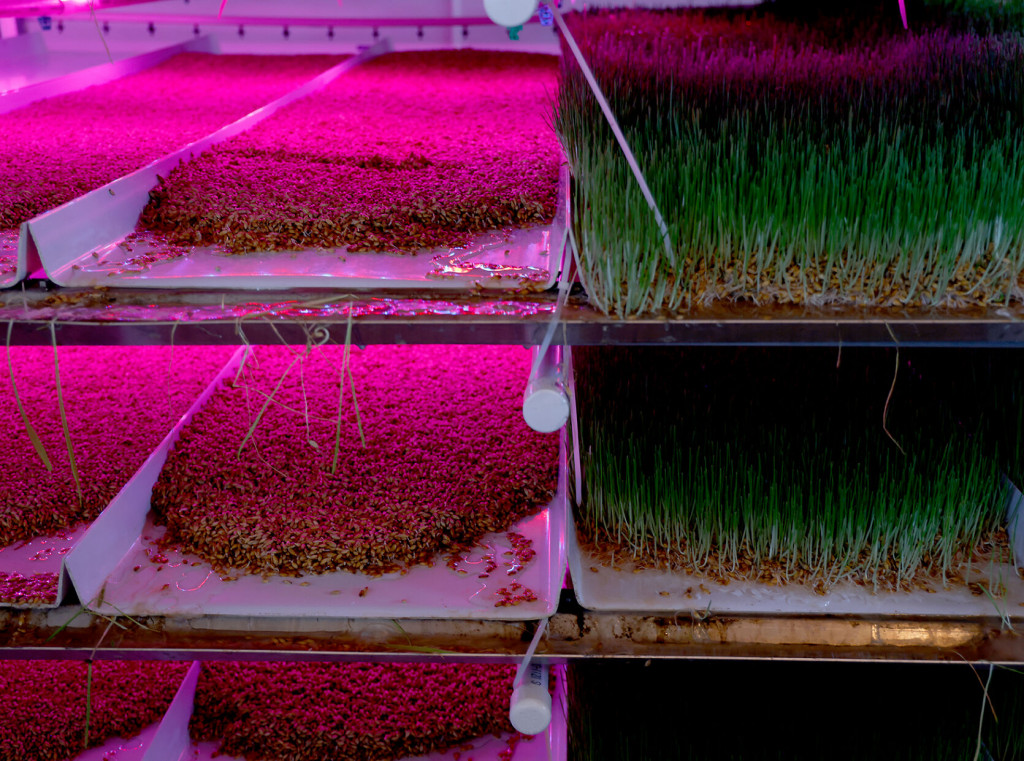
At the Missouri Maize Center, a multidisciplinary plant biology group, USDA corn geneticists Norman Best and Jacob Washburn are exploring tools like predictive crop modeling, double haploid induction and CRISPR gene-editing technology to design the corn of tomorrow. Yet solutions will be pressed between the pace of climate change and the time needed for adaptive plant breeding.
“For the foreseeable future, I think corn is still the answer,” said Best. “But I mean, we still don’t know exactly how fast and quick this climate is going to change that.”
Prokopy said technology advances don’t eliminate the need for broad-scale change.
“Technology is part of the solution, and we will keep growing corn and soybeans,” Prokopy said. “But there’s so much about climate change that we can’t predict. And if the only outcome of climate change was that our temperatures go up a little bit every year, that we can plan for, right? But it’s these extreme weather events that we can’t plan for.”
Washburn said intelligent choices will have to be made about what to plant and where.
“I think we can make corn that will grow and do well in pretty much any climate in the world. As of now, we’re always going to need to,” he said. “But there are also many other crops that can possibly do well in those climates. And maybe even do better in some cases.”
Making choices is exactly what Payne is doing.
Speeding through the pasture on his four-wheeler, he radiates an infectious hope as he gestures to a row of plots. He explains he is developing a horticultural “forest” of native Missouri fruit and nut trees. His sister Jordan plans to build an apiary that houses pollinators while selling honey. His daughter Reina will be helping to get their hog operation up and running this coming autumn.
And after more than a decade away from the family farm, Jordan, Josh, Josh’s wife Larin, and their three children have all returned to work with 93-year-old Charlie Payne.
“I think Grandpa is really proud that we decided to come back to the farm,” Jordan said. “It’s something that gets him choked up.”
While he knows not everyone would want to make wholesale changes like he did, Josh Payne says farmers should consider at least a gradual shift towards more diverse crops. After years of doubt, the operation has reinvigorated Payne’s faith.
“Growing up in a conservative Christian tradition, the goal of everything was to get to heaven,” he said. “[But] maybe what we’re supposed to do is work out our own little spot, and bring about heaven here. That’s a complete paradigm shift. Then, everything matters.”